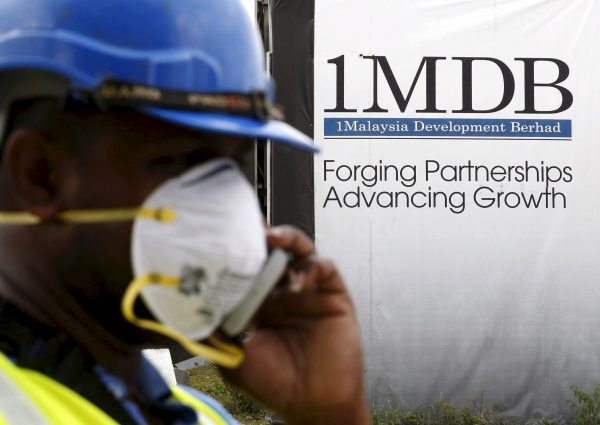Bandar Malaysia, an infrastructure project with an estimated gross development value of RM150 billion (US$34 billion), was conceived by former prime minister Najib Razak. Predicted to sit over 197 hectares of prime Kuala Lumpur real estate, it will house commercial and residential property, subterranean shopping malls and indoor theme parks.
The complex is also expected to feature a financial hub, a huge commercial centre, and a transport hub that connects three urban rail links and 12 highways. Notably, the China Railway Engineering Corporation has a significant stake in the development of Bandar Malaysia.
Prime Minister Mahathir Mohamad abruptly cancelled Bandar Malaysia in May 2017 after apparently mistakenly assuming that the project would be in the hands of one Chinese company. But on learning that there is a consortium of companies behind the development of Bandar Malaysia, which was once associated with the 1MDB scandal, the Prime Minister reversed his decision.
Misinformation and miscalculation reportedly lie beneath the Prime Minister’s earlier decision to suspend the ECRL project, which forms part of the BRI. The Prime Minister confesses to having initially thought that the BRI was a plan for China to spread its influence over the world. But after attending a recent BRI Summit, he no longer sees the initiative as a ‘domination plan’. Instead, he now lucidly understands the BRI to be about cooperation among participating countries, where both big and small countries are allowed equal voice in planning for the future.
Like Bandar Malaysia, the ECRL was promoted under Nazib Razak’s government. Under his Barisan Nasional (BN) government, the details of the ECRL project were kept under wraps. BN had not, for example, determined contractors for the ECRL through an open tender.
But BN —now sitting in opposition — is asking for transparency on the current ECRL contract. Guilty as they were of ignoring the principles that they now discover to be valuable, the opposition also wants information on the memorandum of understanding that was signed between the China Communications Construction Company and the Malaysian Industrial Development Authority.
Mahathir’s response to the demand for transparency has been cryptic. He has said that the government wants to reveal details of the contract but has to be sensitive to China’s feelings on the matter. Since the project has now taken a new route, it would be fair to expect that a fresh economic and financial assessment has been undertaken. But if it has, it is yet to be presented to the public.
In the interests of transparency, an environmental impact assessment should also have been conducted and the results placed in the public domain. To date, this too has been absent.
The new government maintains its goal of espousing transparency and good governance, but the steps towards it, at least in the case of the ECRL project, have been slow and reluctant. This is especially relevant since Datuk Sarbini Tijan, the ex-CEO of Keretapi Tanah Melayu Berhad (Malaysia’s largest railway company), claims that there is no need for the ECRL at all. In his view, reviving the Gemas–Tumpat line would suffice.
But there are geopolitical motivators at play. The Economic Affairs Minister, Datuk Seri Azmin Ali, sees Malaysia’s participation in the BRI as a useful insertion of Malaysia’s place within China’s sprawling infrastructure network. It is participation that he foresees will enable Malaysia to be a gateway to ASEAN.
Foreign Minister Dato’ Saifuddin Abdullah is equally keen on Malaysia’s inclusion within the BRI web, so long as all agreements and arrangements with China are fair to both sides. He is hopeful that being a part of BRI will bring Malaysia investment from China. Given Malaysia’s high debt burden and an overall slowdown in economic growth, China offers a solution to Malaysia’s economic woes. But this realignment is likely to change the region’s geopolitics.
The parameters of the new alignment will be complex for at least two reasons. First, China may come to replace Japan as the main focus of Malaysia’s ‘Look East’ foreign policy. And second, an economic pivot to China may dilute the principle of ASEAN centrality. However, a number of ASEAN member states have already realised the economic benefits of fitting into China’s program.
The recent BRI Summit seems to have effectively convinced Mahathir that China does have a path to peace, prosperity and broad cross-border connectivity. But then again, perhaps Malaysia is strapped for alternatives amid difficult times.
Dr Shankaran Nambiar is a Senior Research Fellow at the Malaysian Institute of Economic Research. He is the author of the recently published book, Malaysia: At the Edge of Transformation.
A version of this article appeared here in the Sun Daily (Malaysia).

